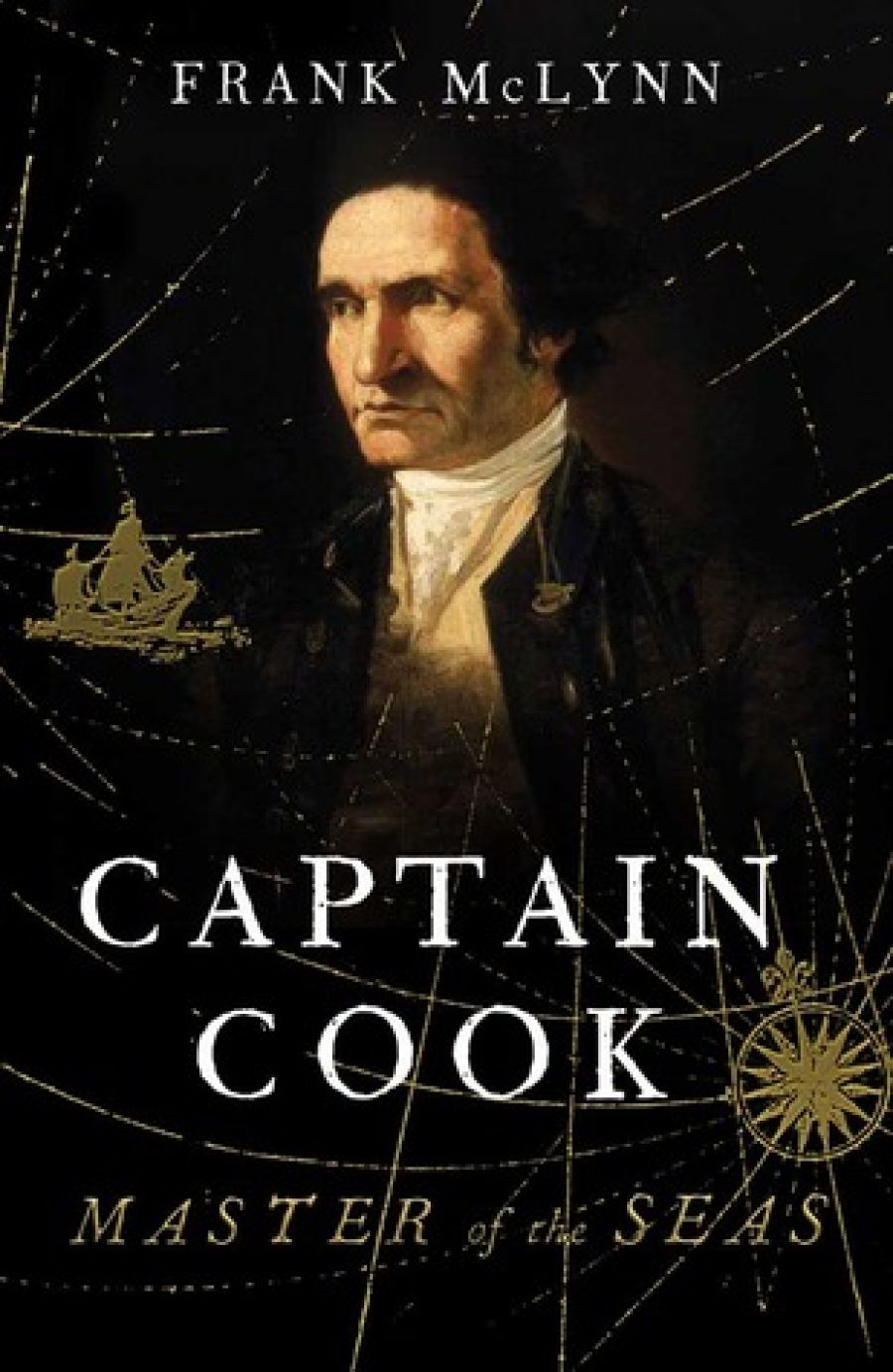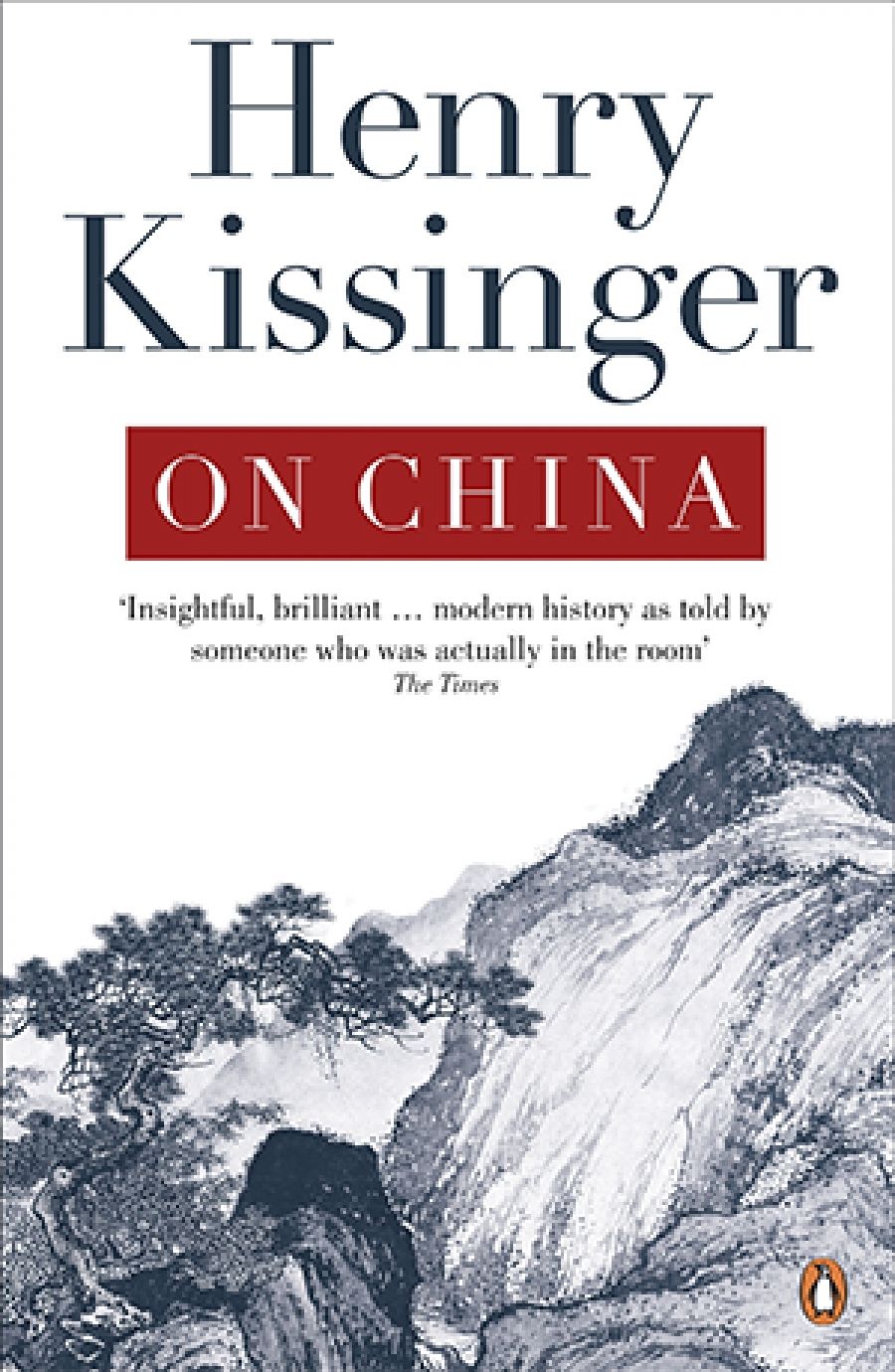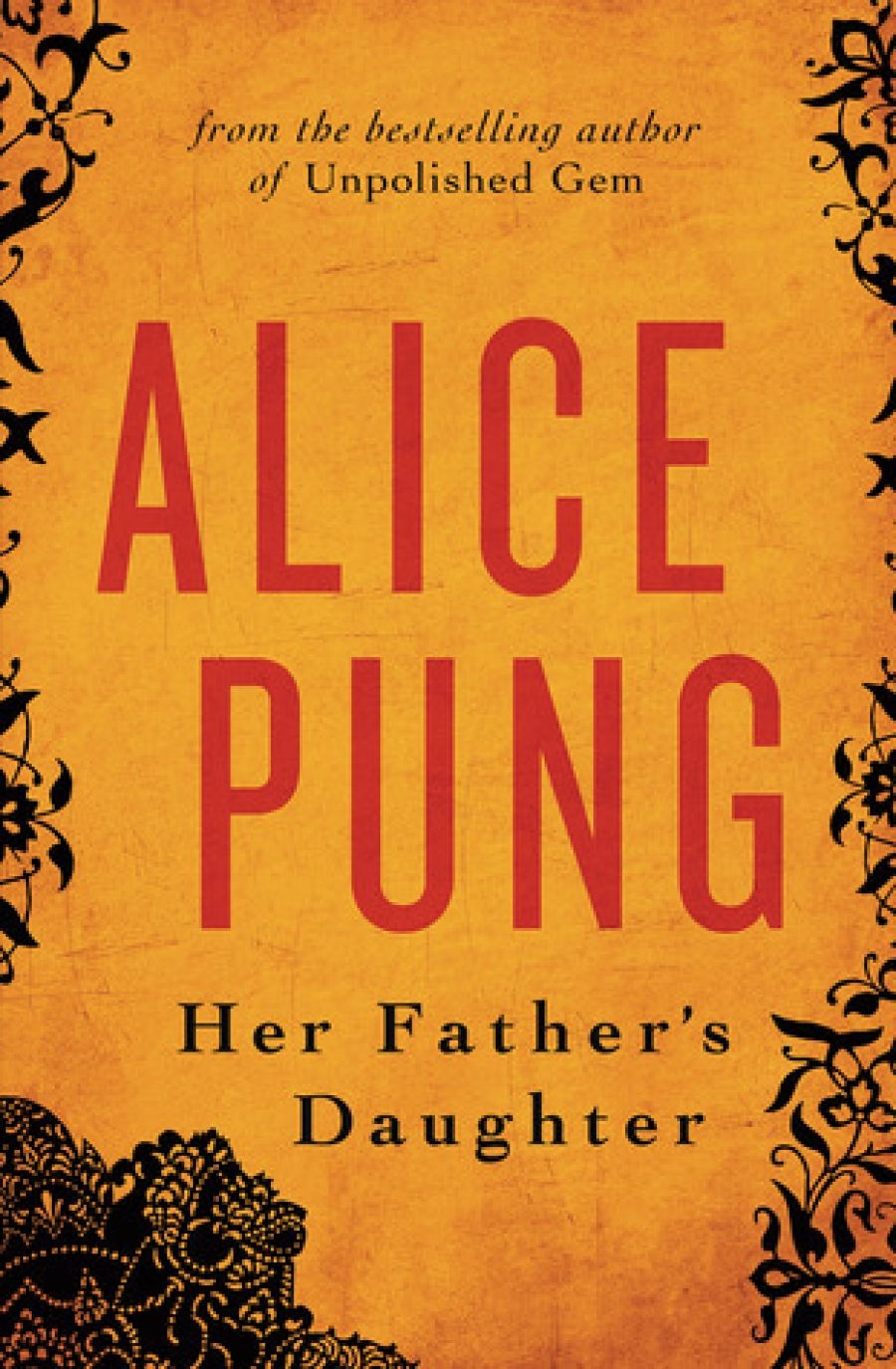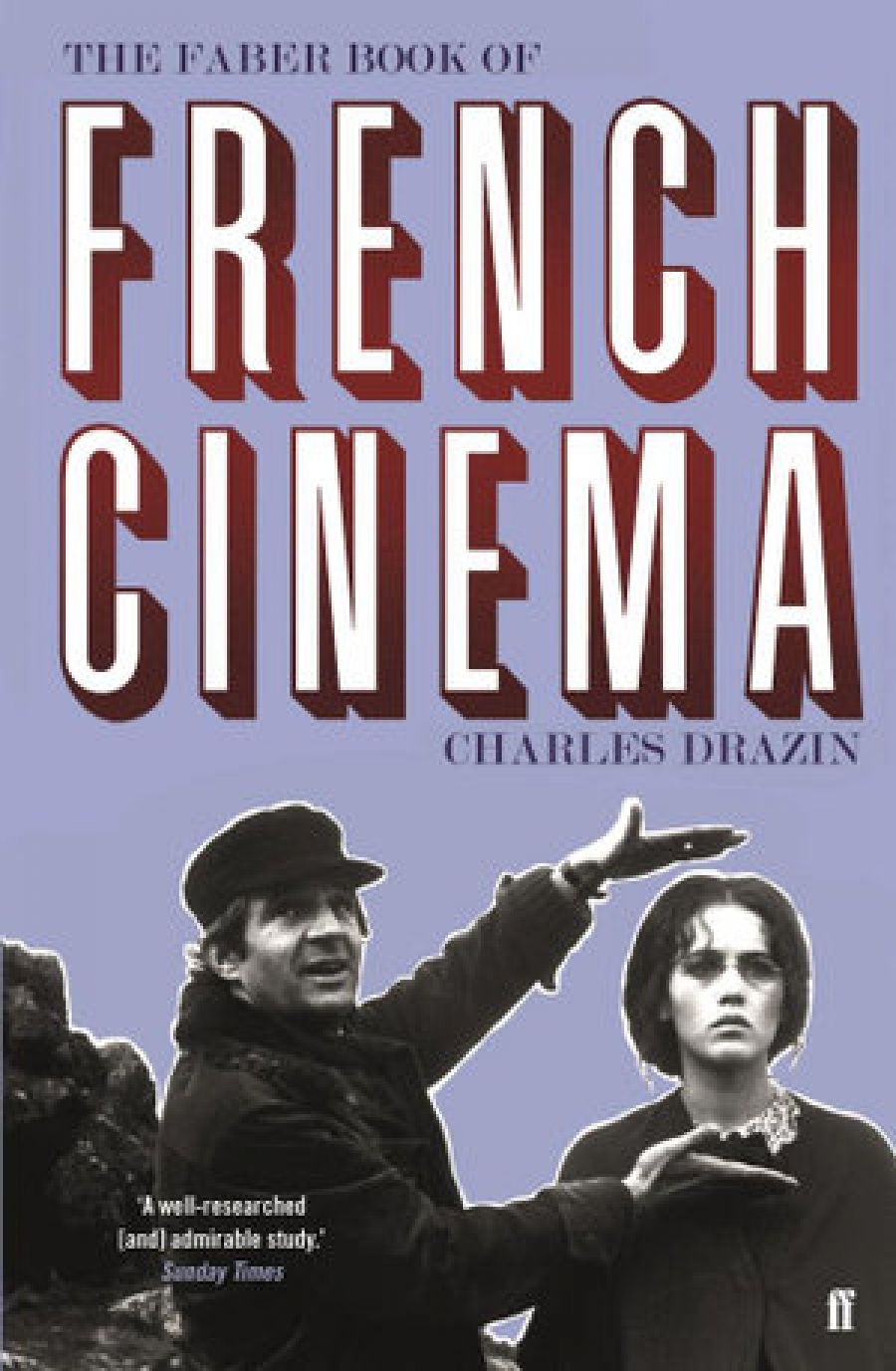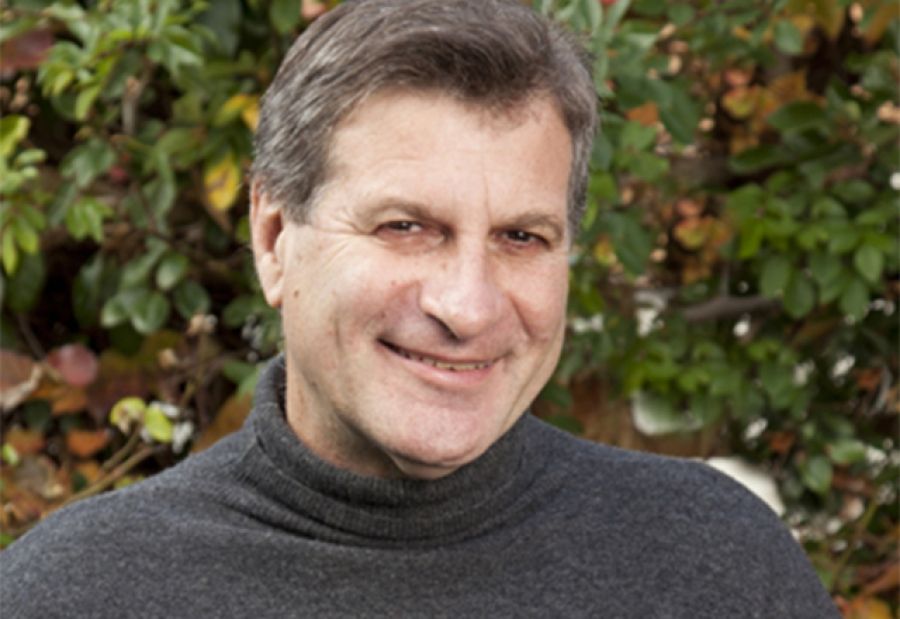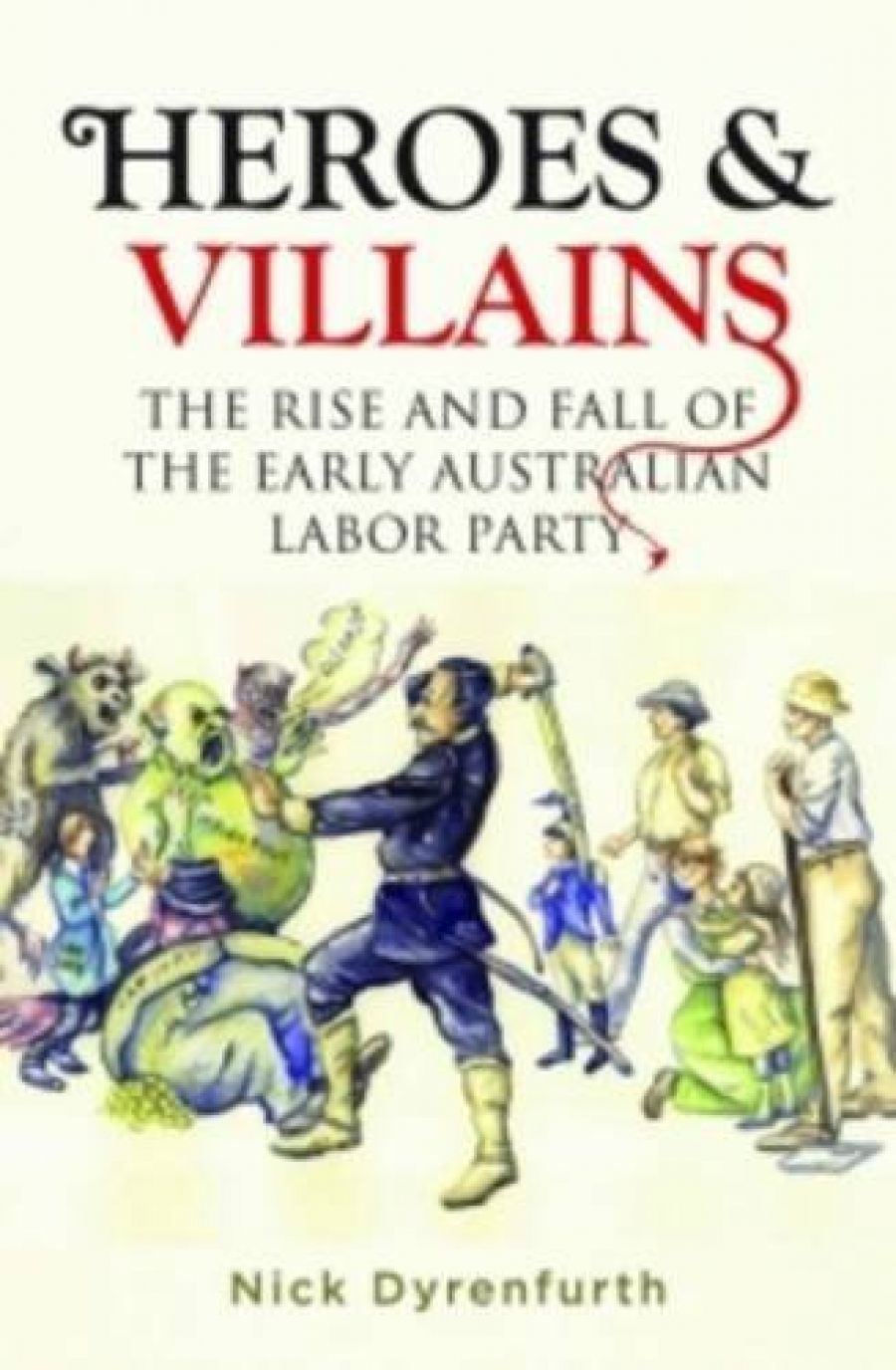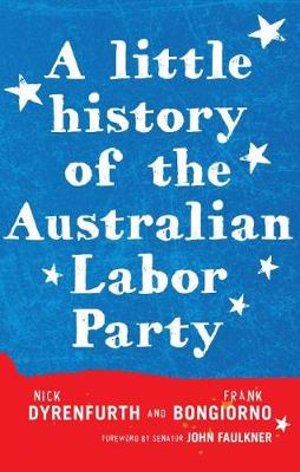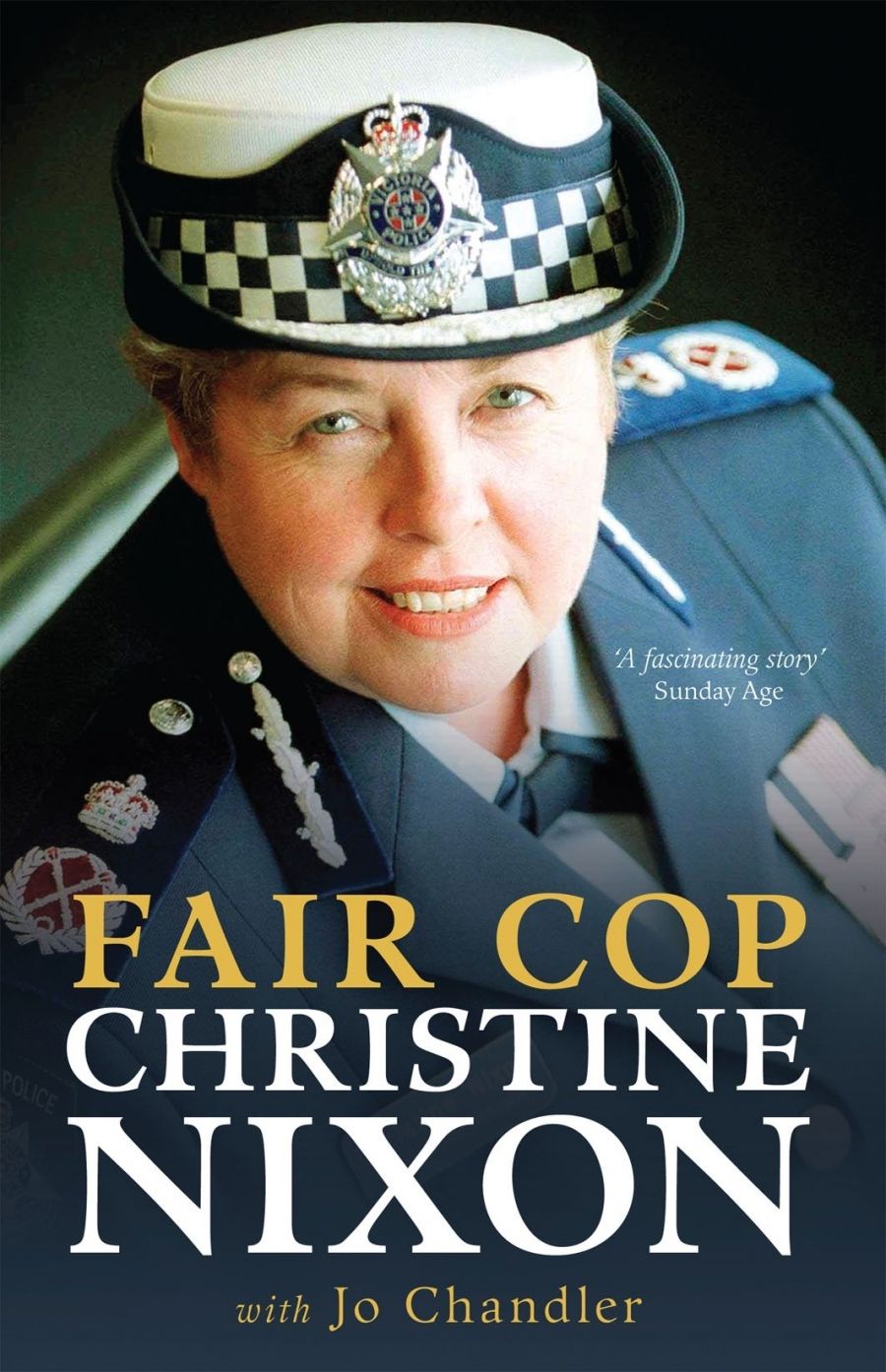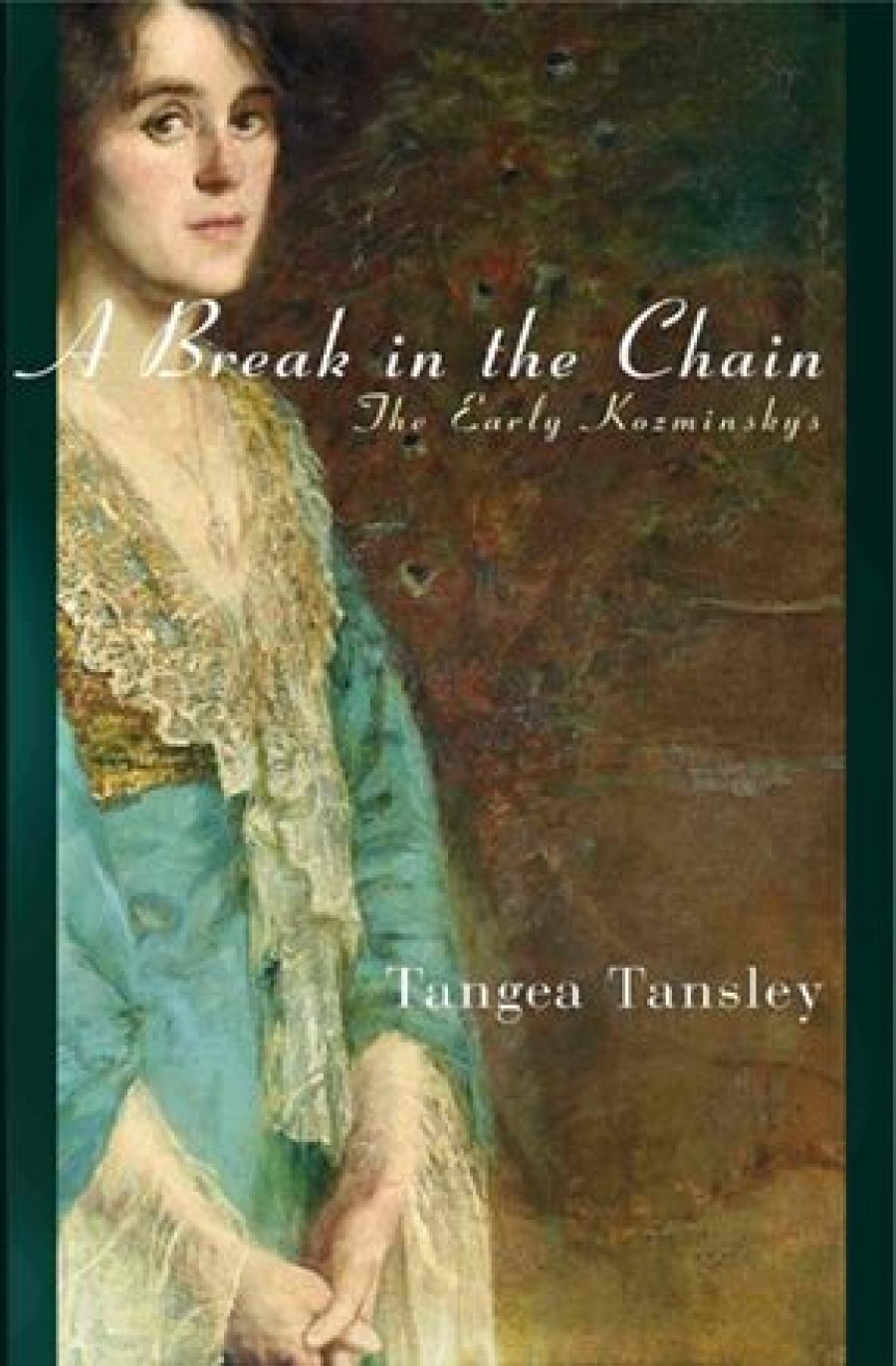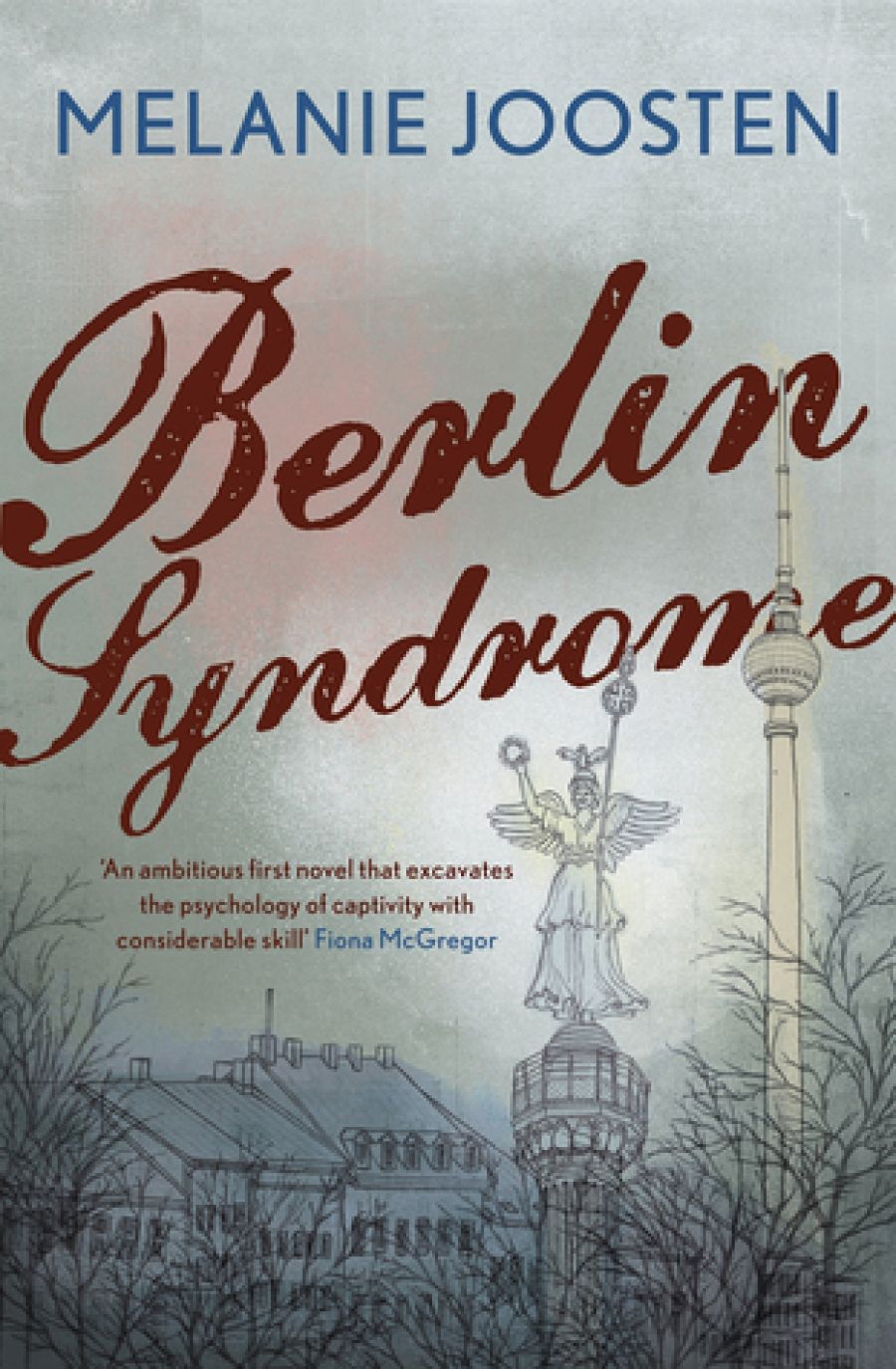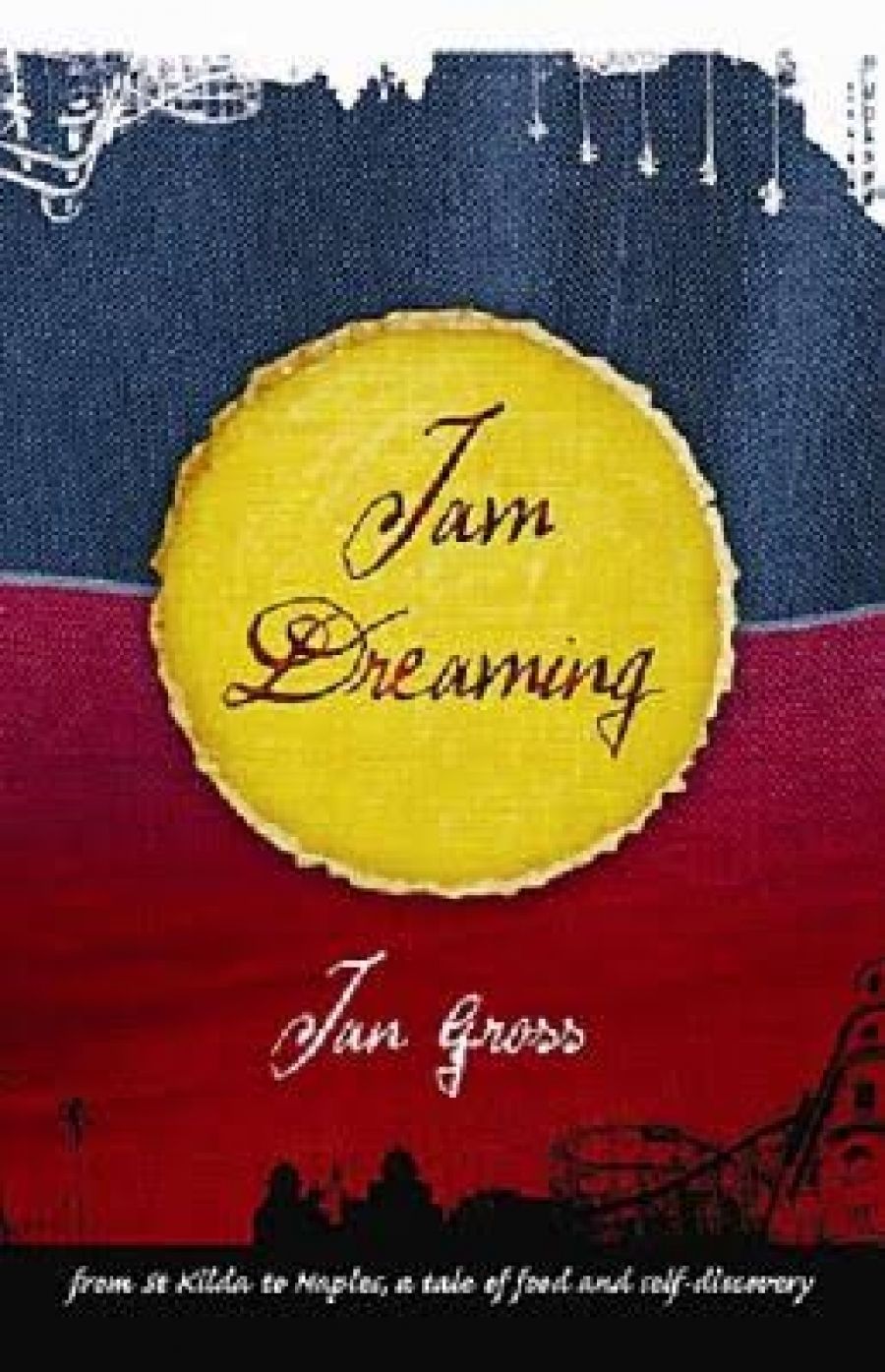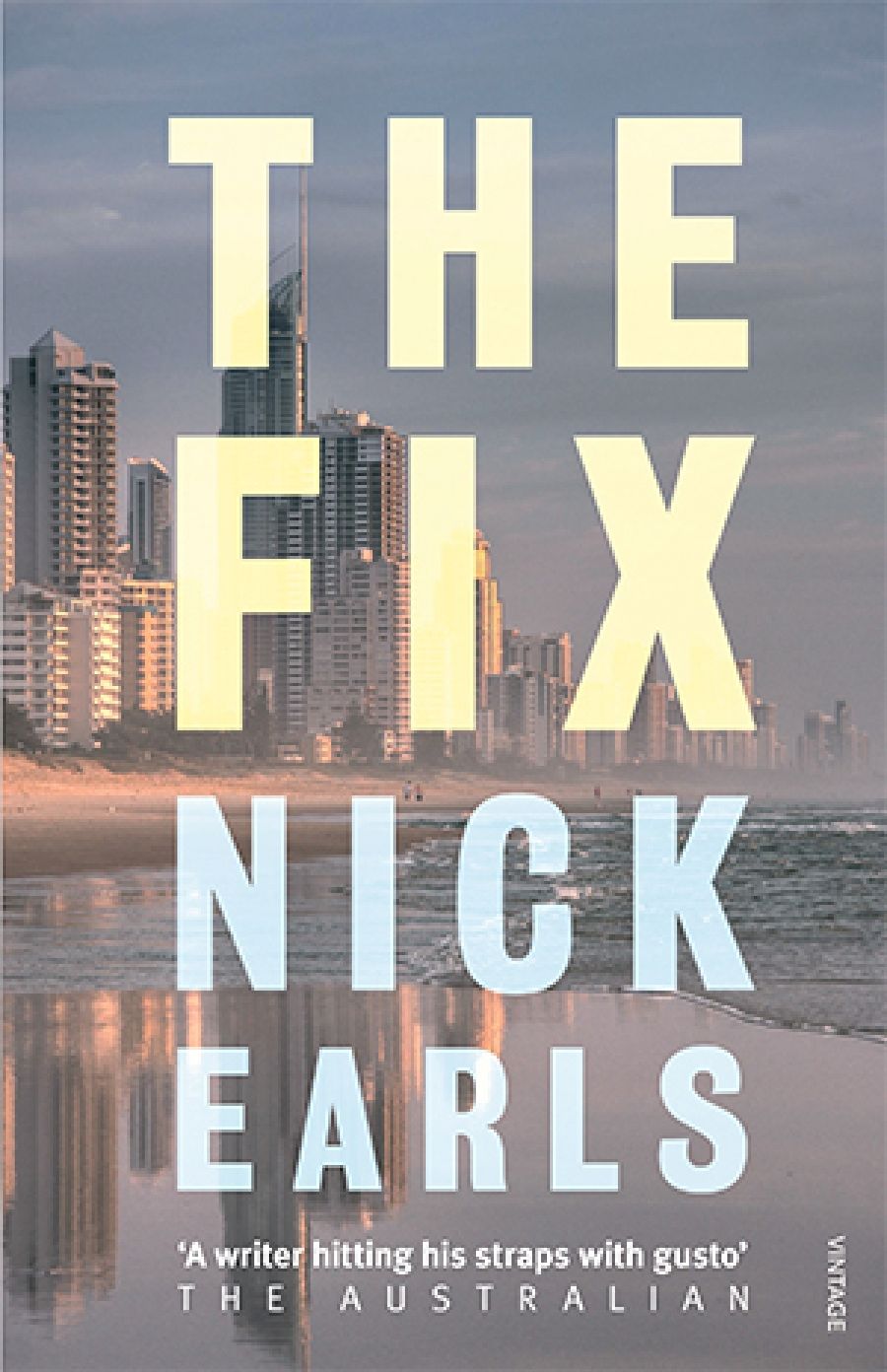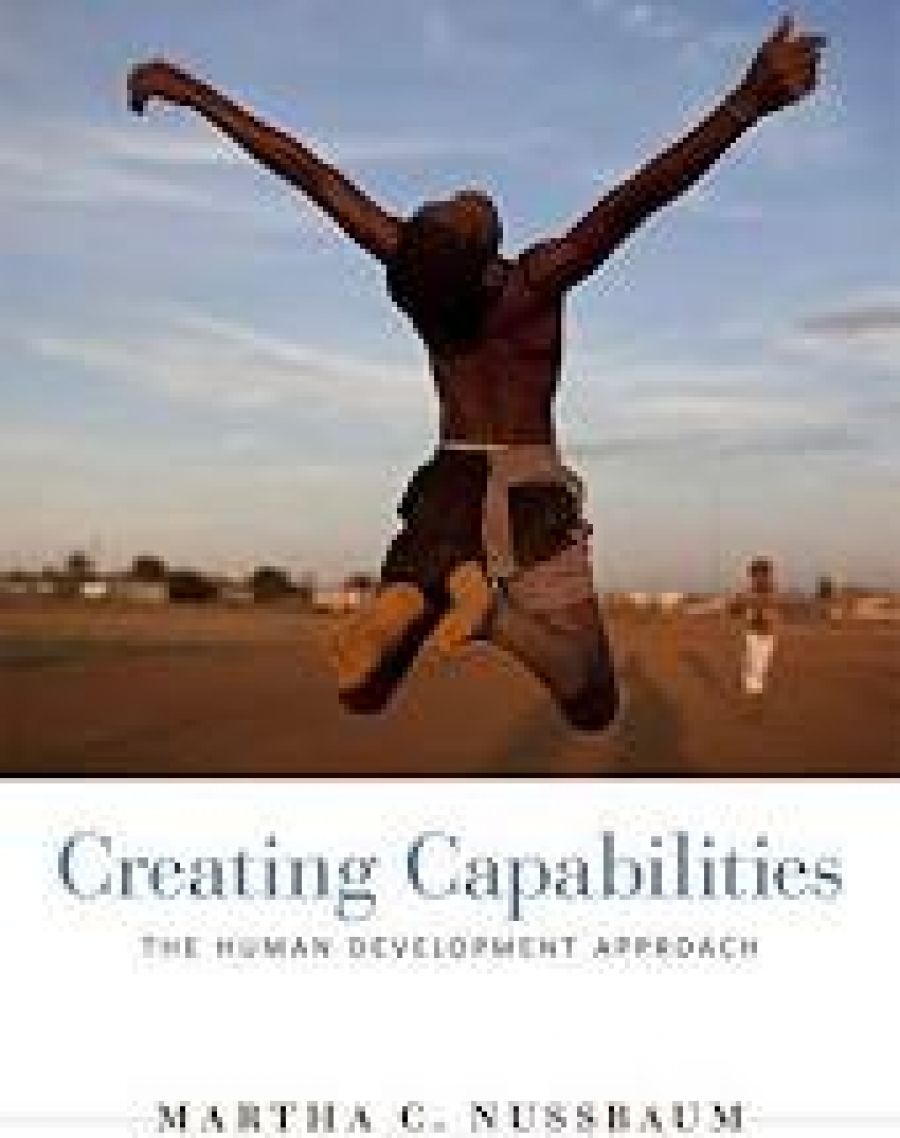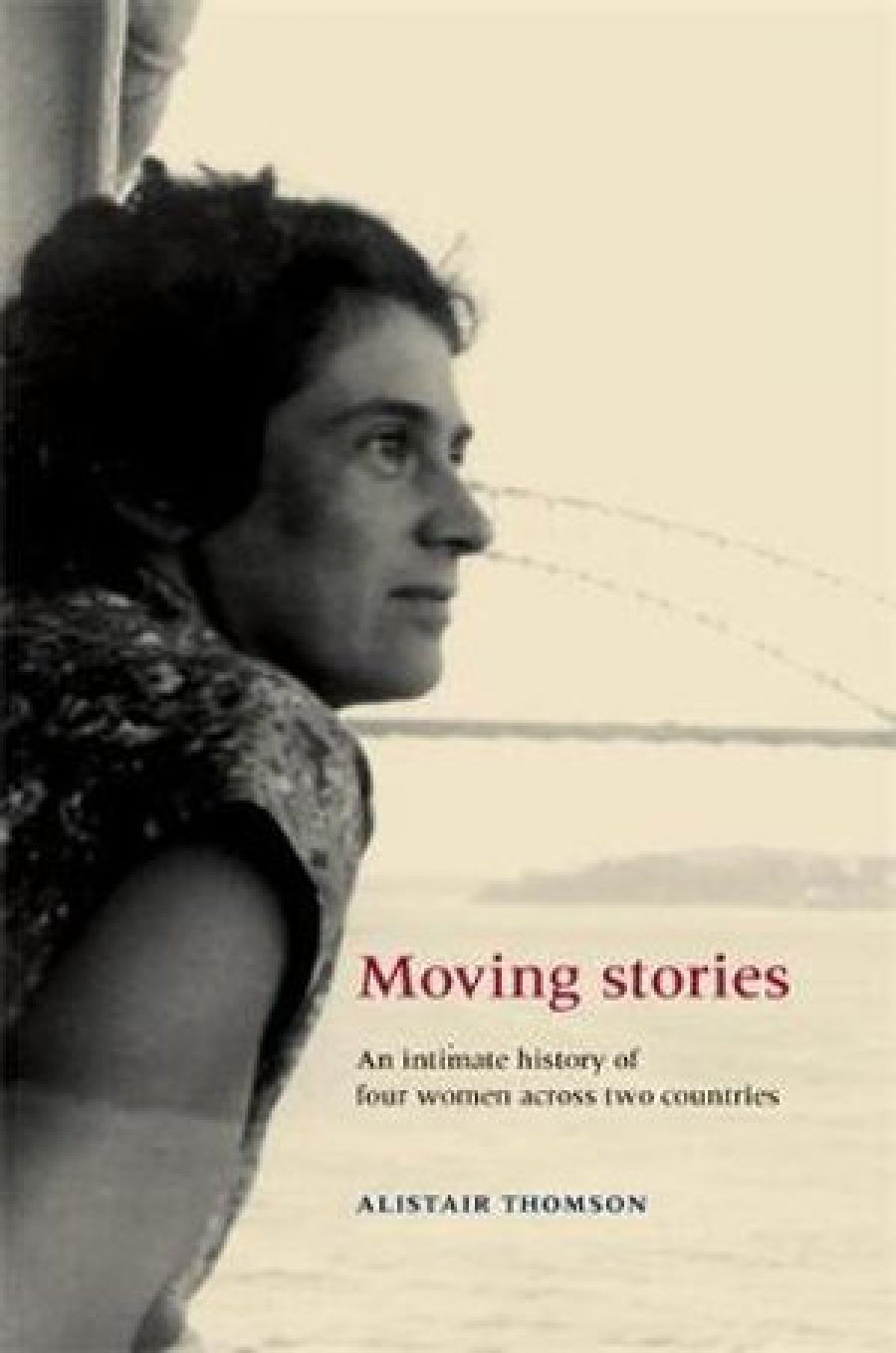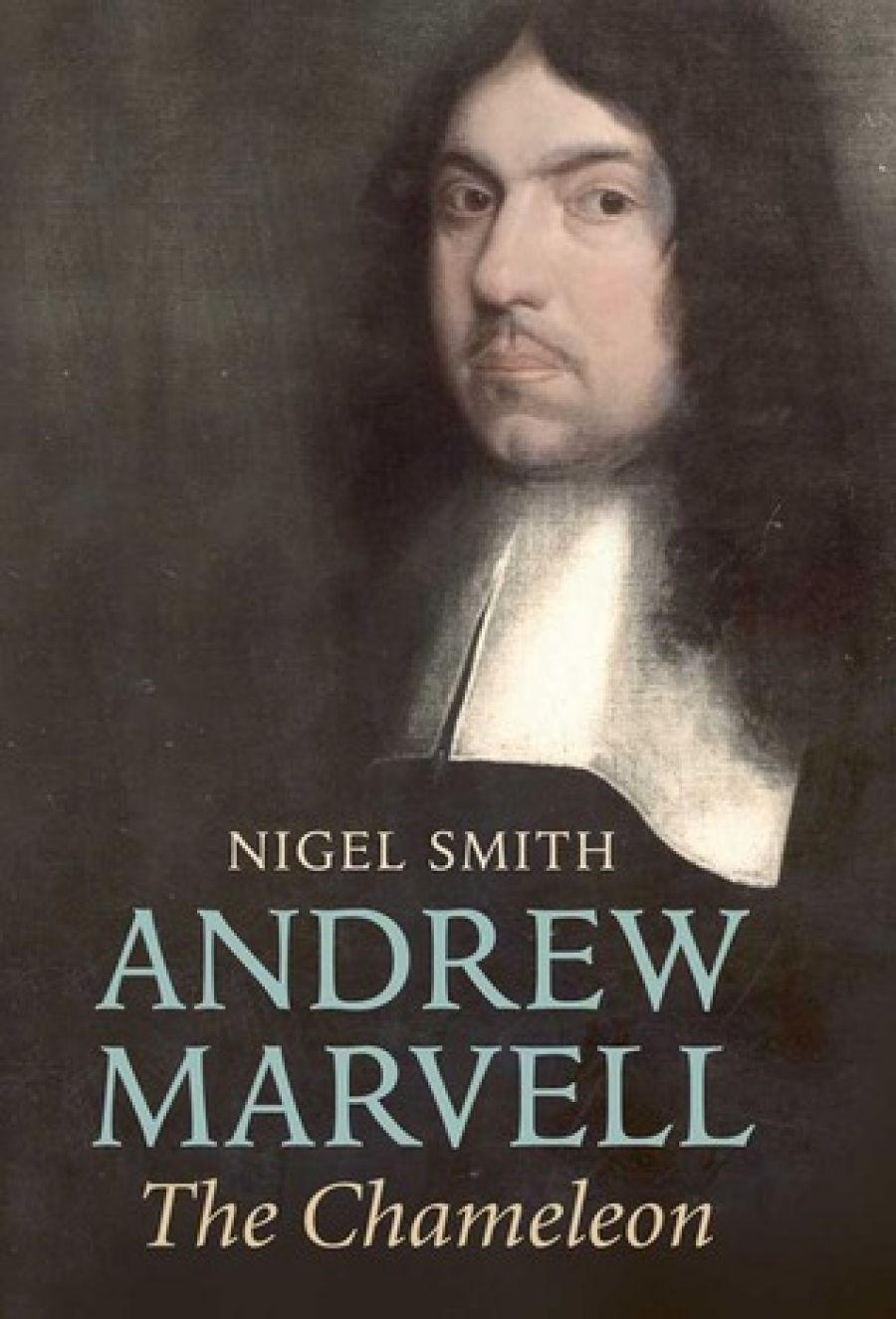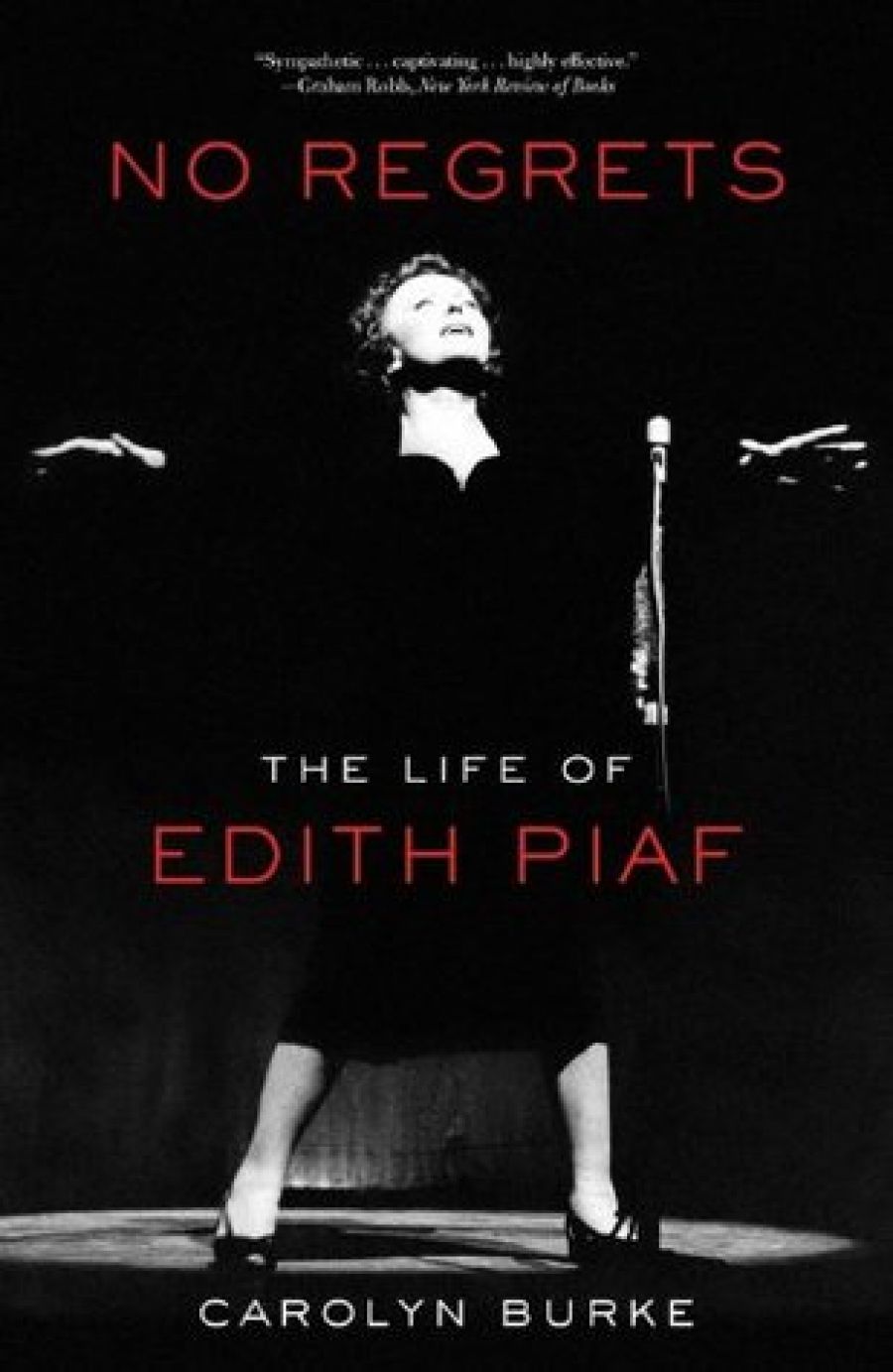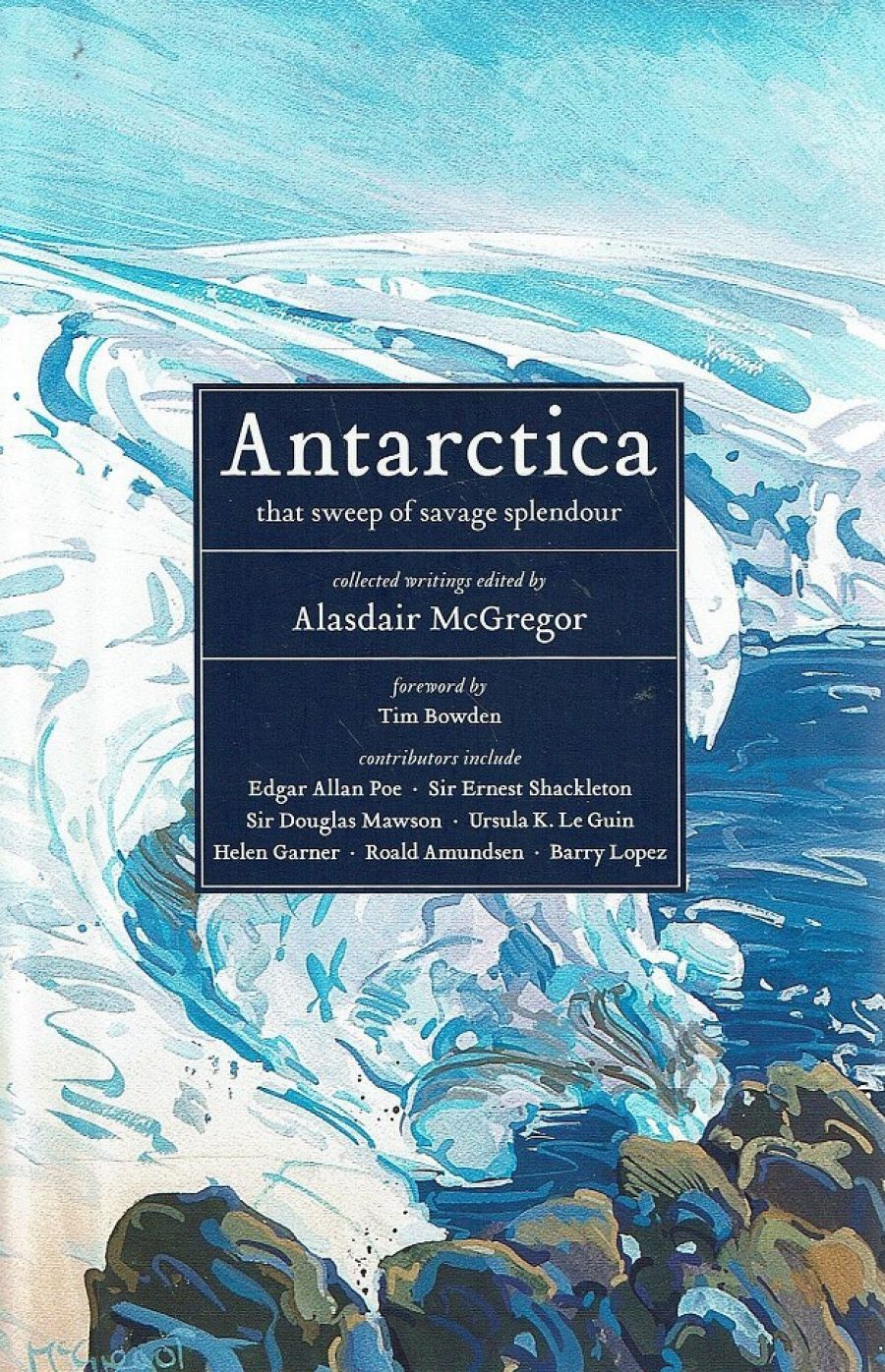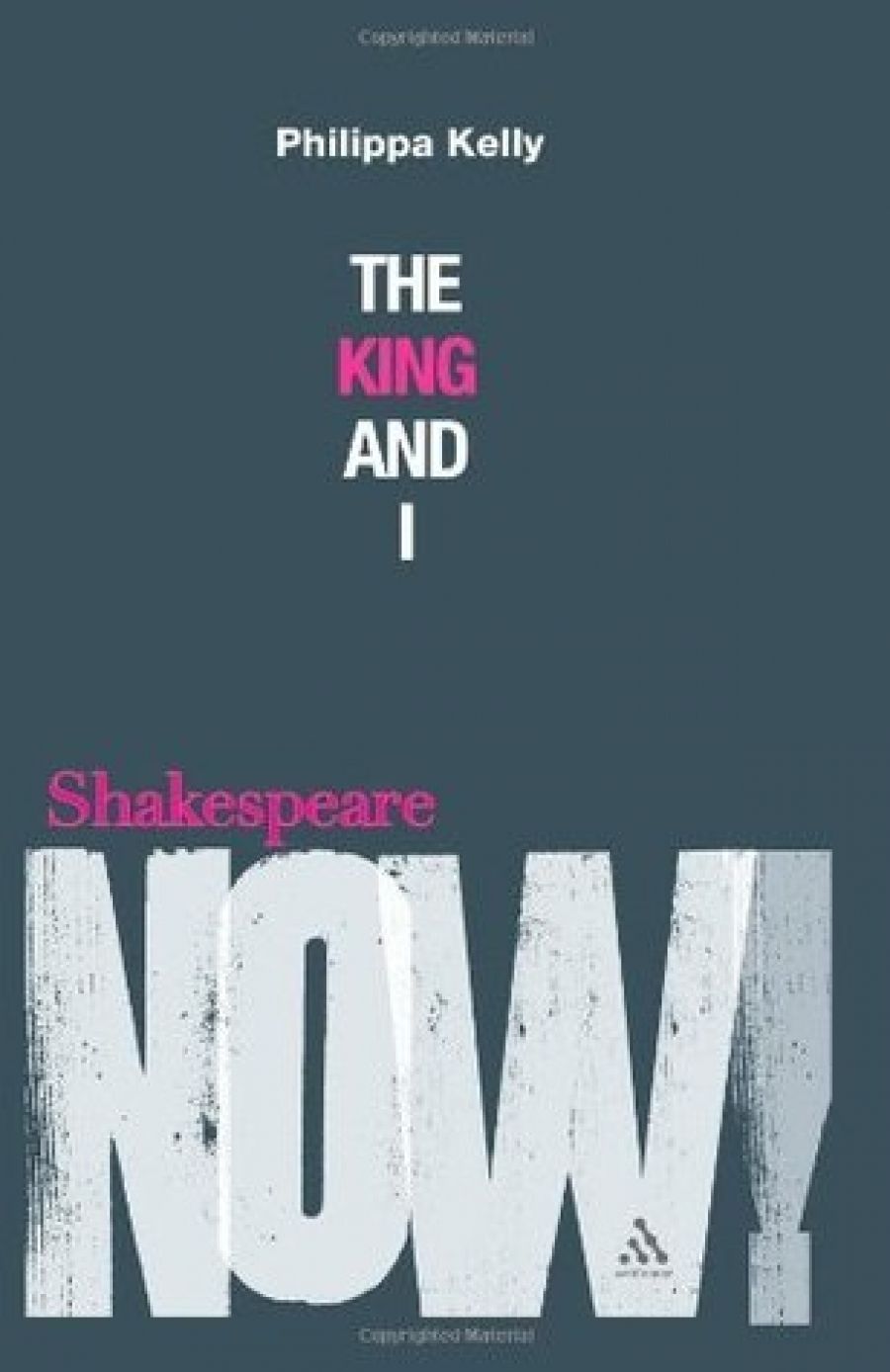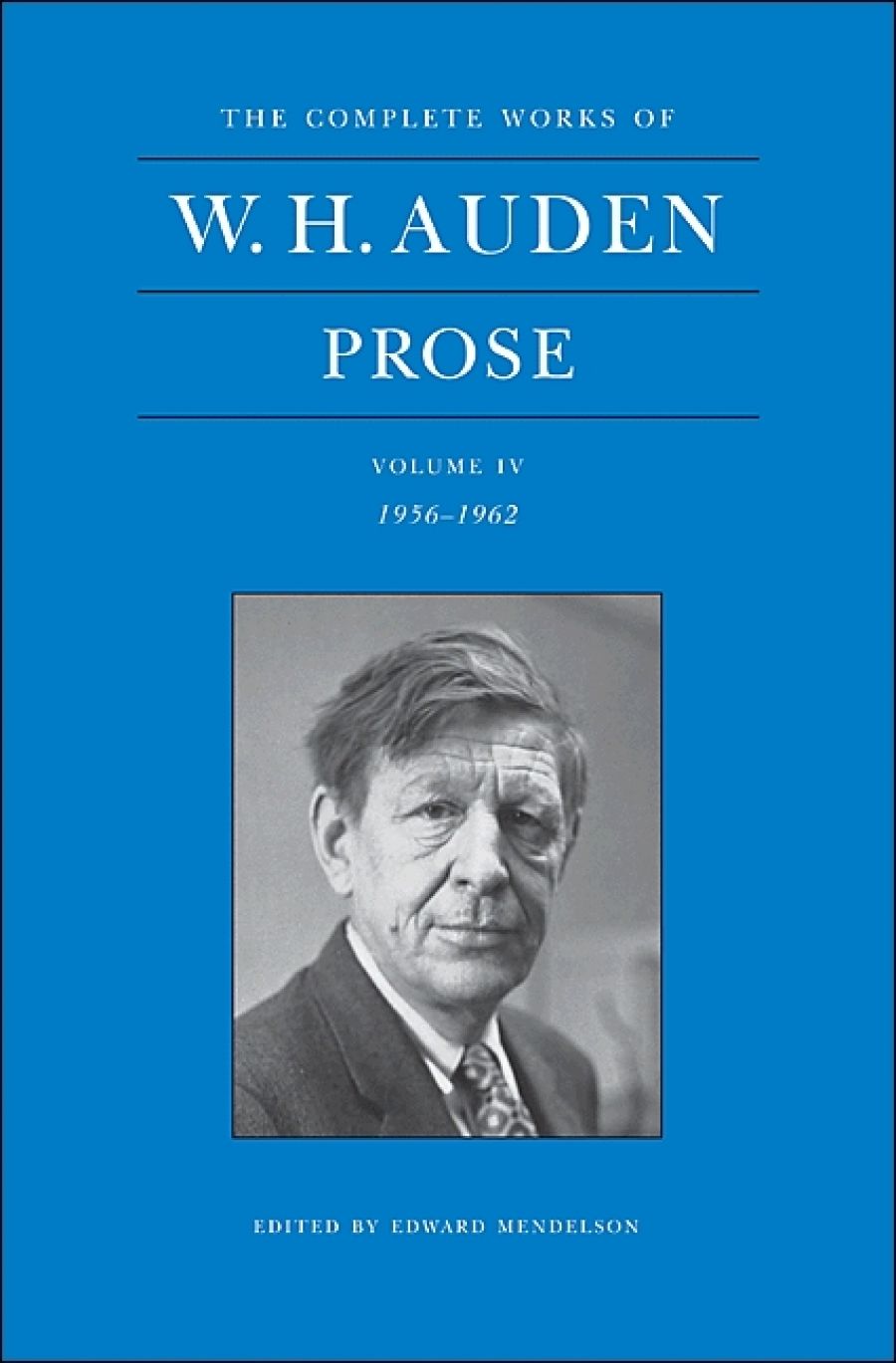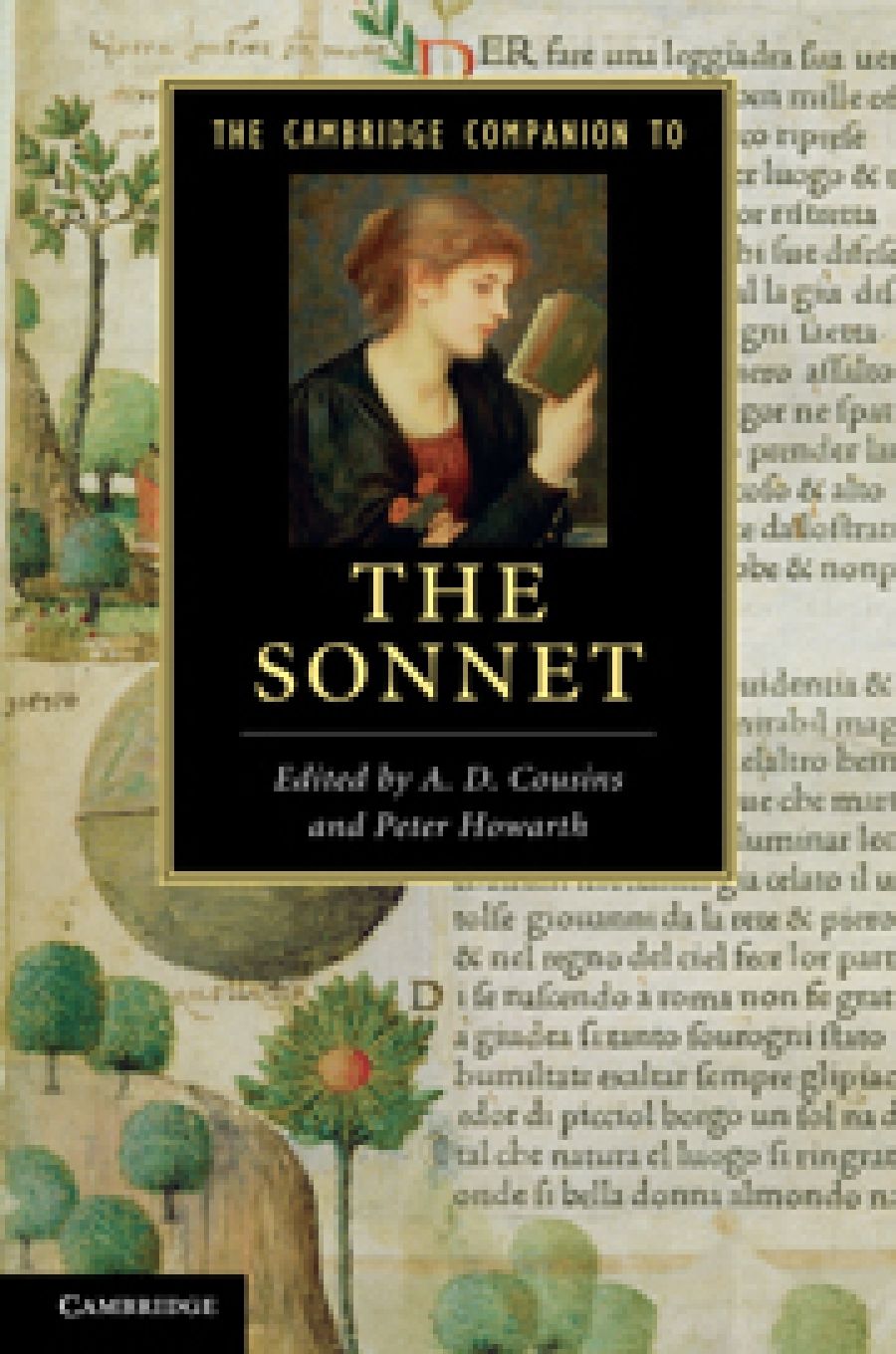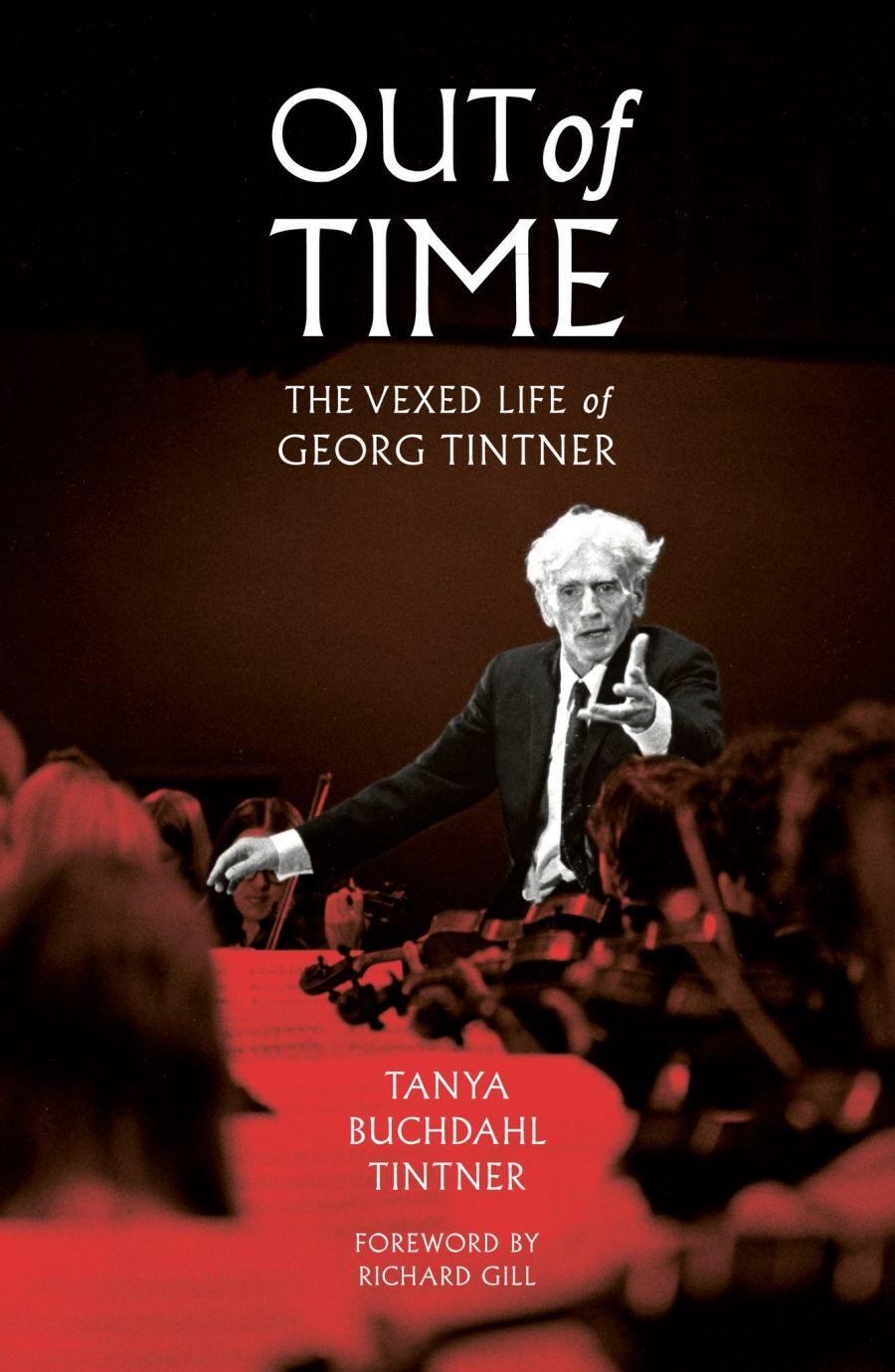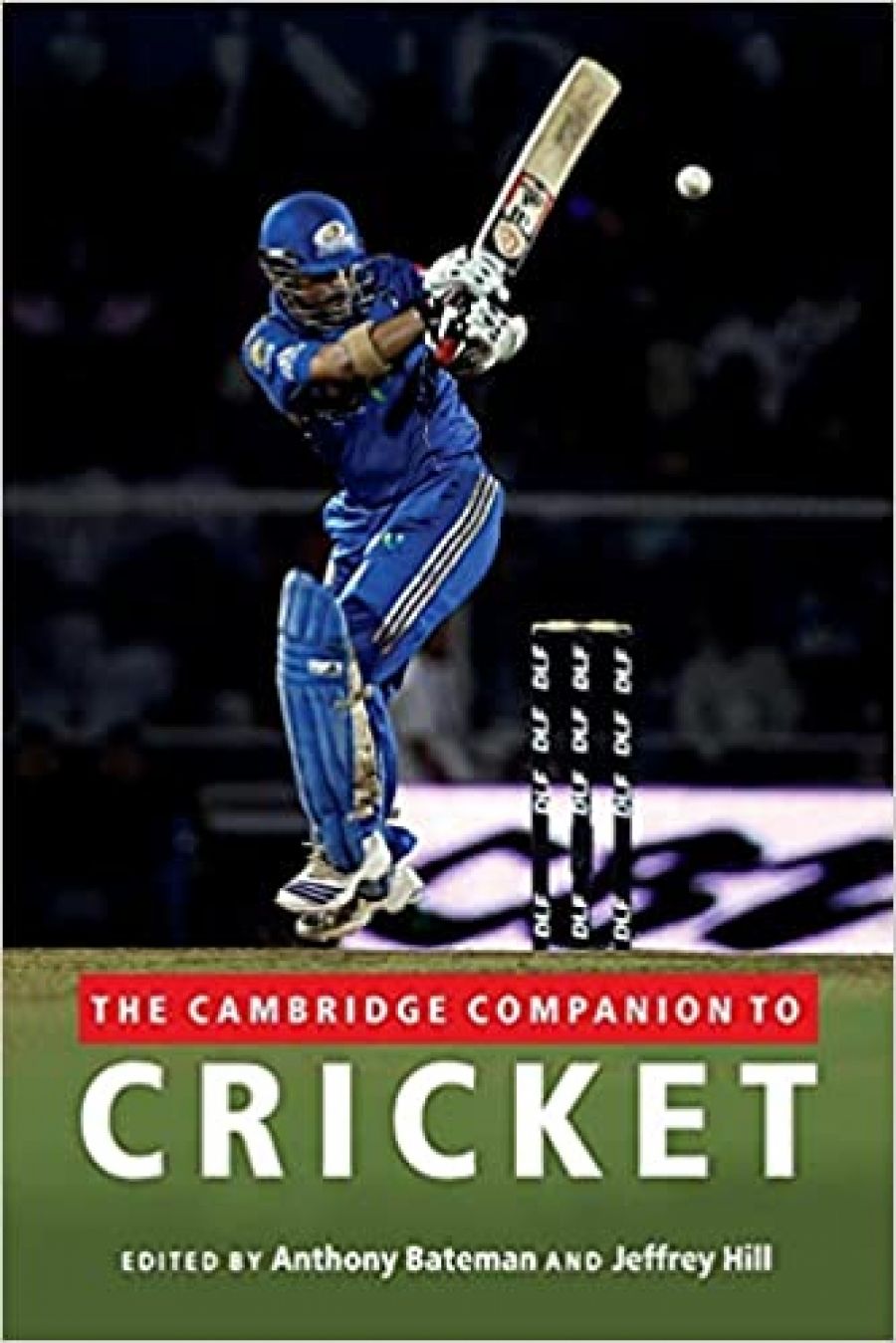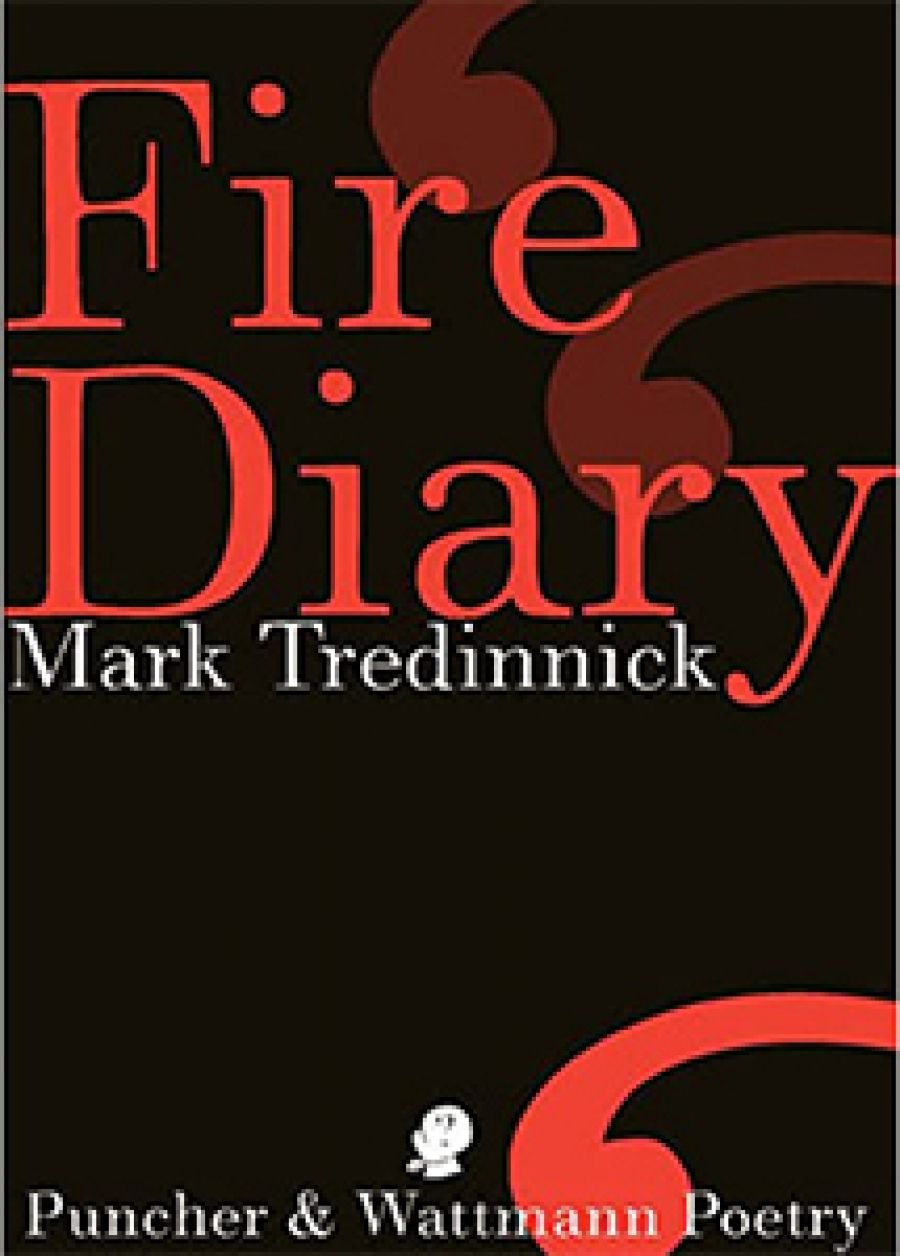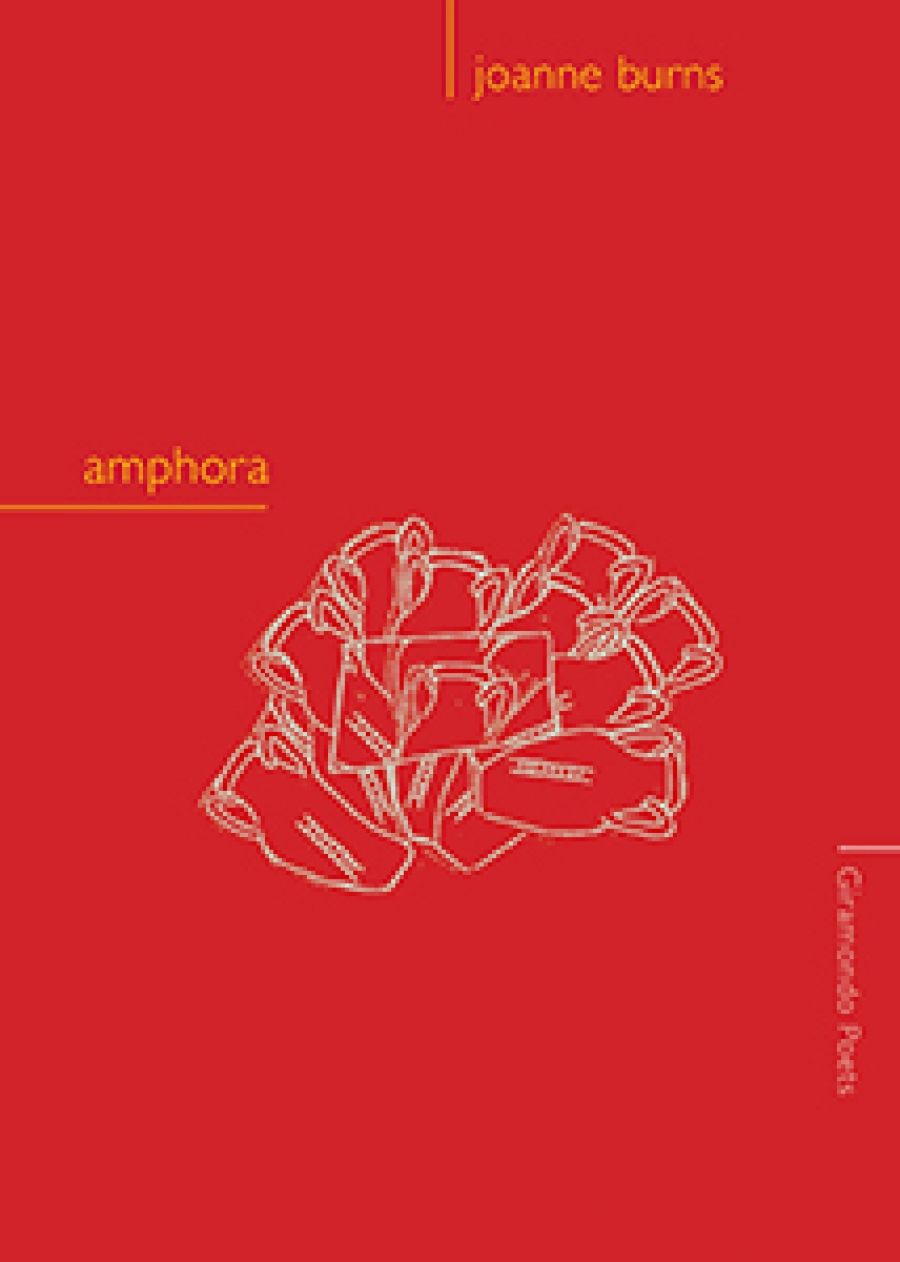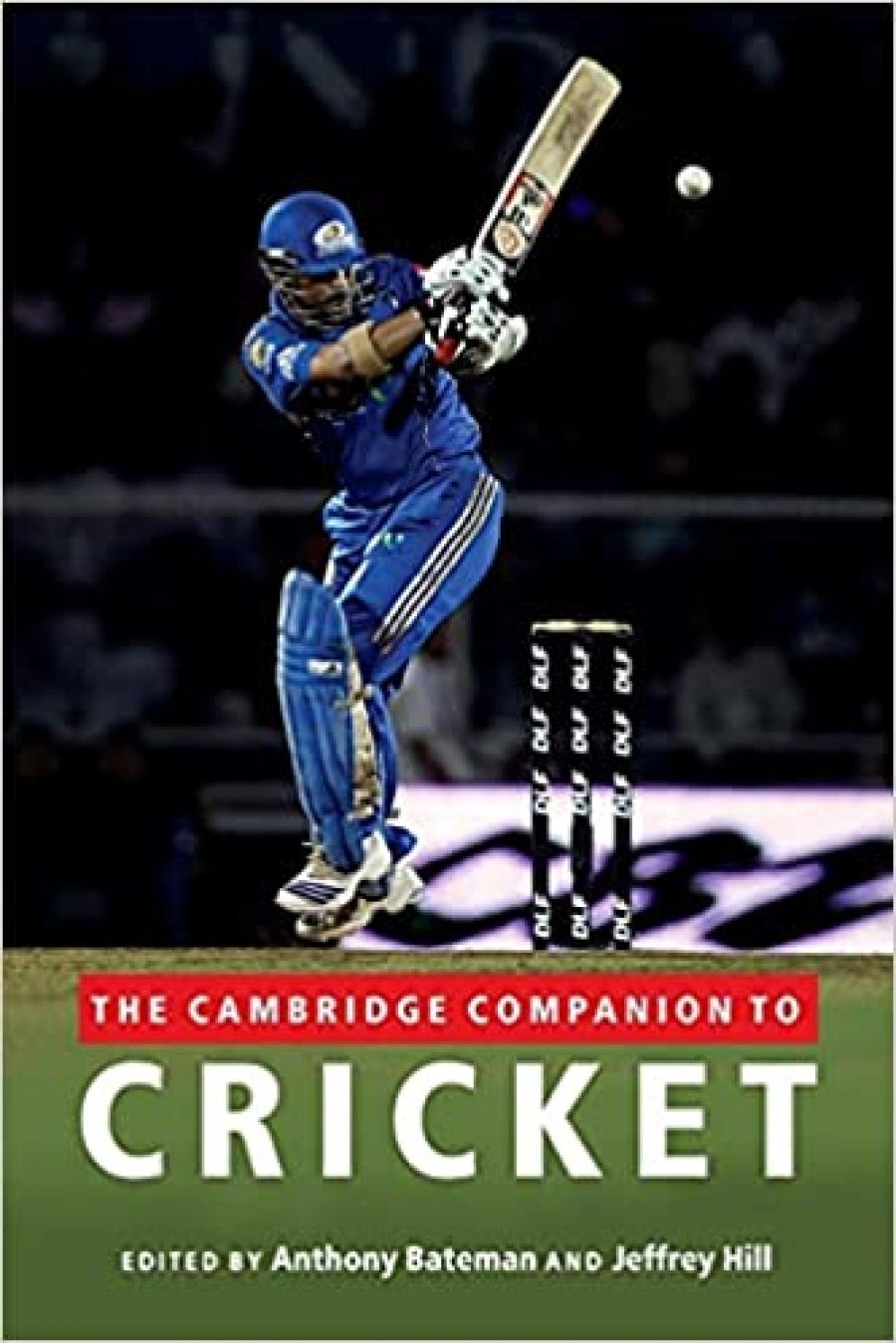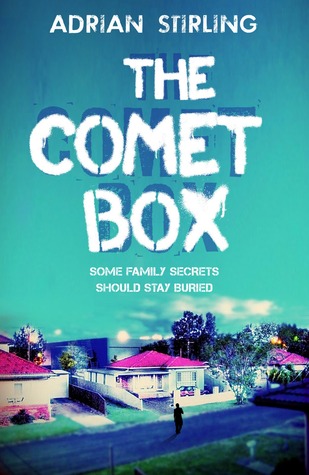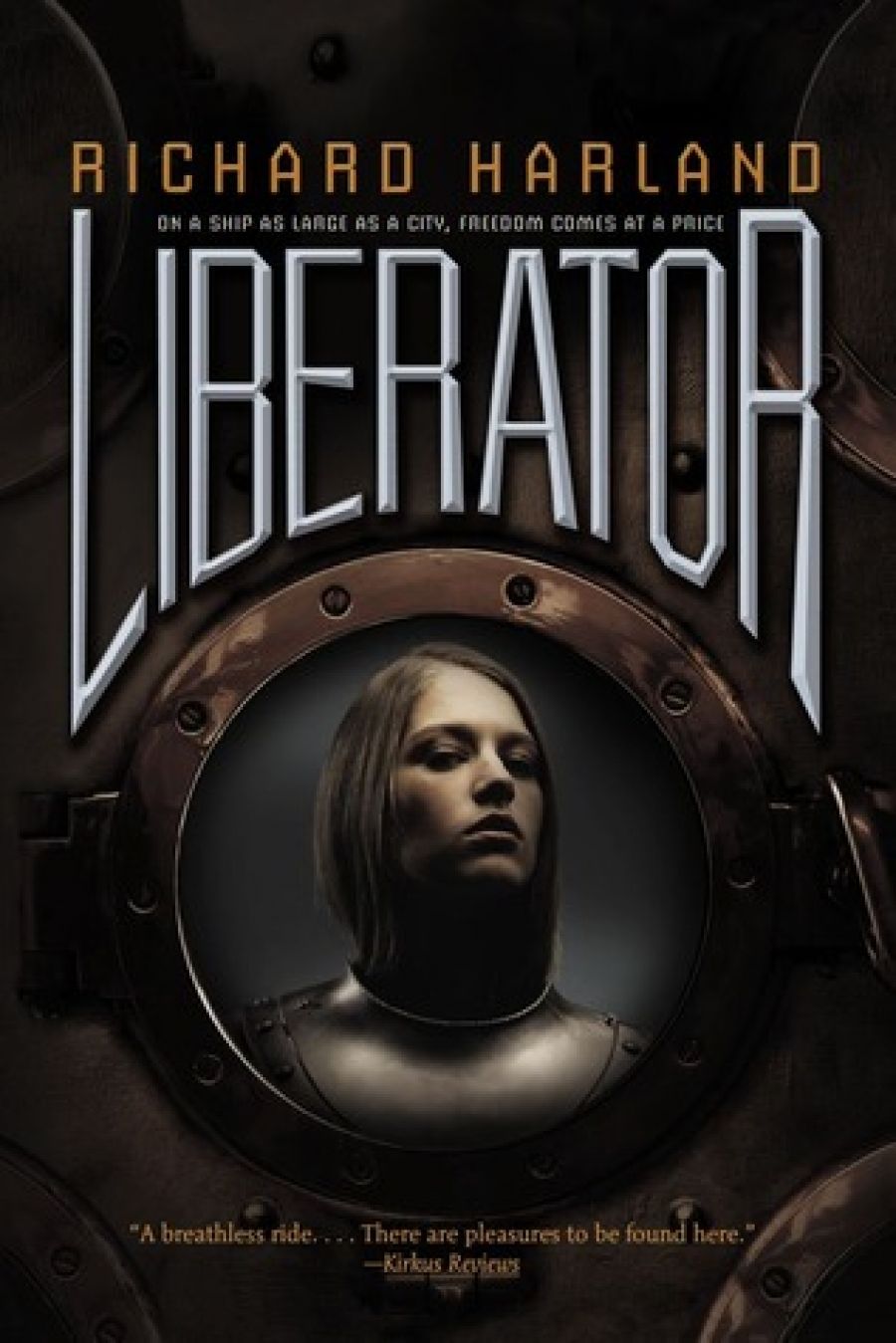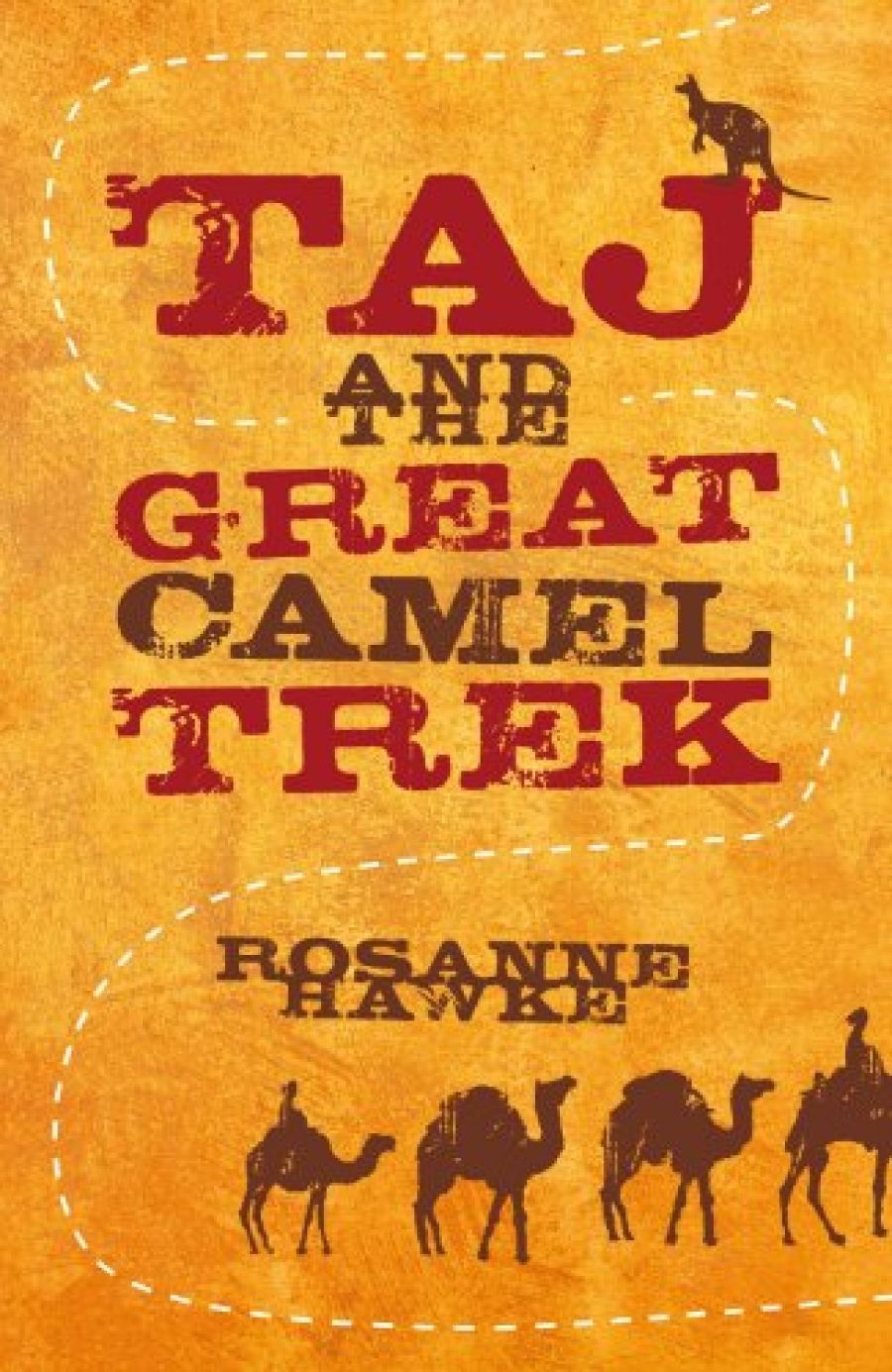In her short memoir of Susan Sontag, novelist Sigrid Nunez claims that she did not read the obituaries and commentaries after her death in 2004, and that she was never much interested in what other people said about Sontag. If it’s true, she is indeed a rara avis. Susan Sontag, in death as in life, generates enormous interest and a growing literature, one that promises to burgeon and diversify biographically in the next decade. How long before we hear from the concierge, the oncologist, the tamer of the famous mane?
Three years ago, Sontag’s only child, David Rieff, published a short book about his mother’s final illness. (Earlier this year MUP, which published the Australian edition of Swimming in a Sea of Death, was solely responsible for Rieff’s cogent meditation on the dubiety and sentimentality of collective memory, ironically titled Against Remembrance.) Books about the loss of parents are legion, and Rieff’s book is one of the more affecting, comparable to Simone de Beauvoir’s A Very Easy Death (Une mort très douce, 1964), perhaps the finest of filial memoirs.
Rieff, who attests on every page to his profound love and respect for his mother – and, self-excoriatingly, to his profound sense of guilt – concentrates on the few months between her diagnosis with myelodysplastic syndrome (MDS), a particularly lethal form of blood cancer, and her agonising death at the age of seventy-one. Almost incomprehensible to him is Sontag’s ‘deep refusal of death itself’ – her terror, her incredulity. This denial persisted until the end, despite the fact that, or perhaps because, she had twice survived cancer before. Shockingly ill and wasted, Sontag talked only of more treatment – never mortality. Often she spoke of wanting to live to be one hundred. Thirty years earlier, in a hospital journal, Sontag had written: ‘With daggers lying at the end of my dreams, I [don’t] sleep much.’ One thinks of other active nightlong dreaders of death, including Peter Porter, who reminds us in the poem ‘Alcestis and the Poet’ that ‘it is not a small thing to die’.
Now the Sontag literature extends to a book written by one of Rieff’s former girlfriends. Sigrid Nunez has titled her memoir Sempre Susan because that is how Sontag preferred to be known. She was always ‘Susan’, even to David as a boy. Nunez, a twenty-five-year-old Columbia graduate, joined the Sontag household in 1976. Sontag, who was recovering from advanced breast cancer and the gruesome radical mastectomy known as a ‘Halsted’ (rarely practised nowadays), needed help with her correspondence, and her friends at the New York Review of Books recommended Nunez, a sometime intern. (Nunez is rather cool about the vaunted editors at NYRB.)
The young novelist was quickly charmed by her famous employer. ‘It’s always good to start off anything by breaking a rule,’ Sontag advised her, forever eschewing what Henry James called ‘the dull desert of the conventional’. Sontag’s intimacy, confessions, needfulness, and sheer egoism overwhelmed Nunez. The famously unsatisfactory childhood was like a mantra in the apartment overlooking the Hudson River. ‘Over and over we heard it: My Mother never cared what happened to me. My mother was never there for me. It might as well have been yesterday. A wound that never healed.’ Time and again Nunez heard about the lost father, the daily glasses of blood her mother fed her for her anaemia, the hasty teenage marriage that produced David.
Before long Sontag – culturally ravenous and an instinctive mentor – was listing all the books that Nunez should read, and escorting her to the Japanese films and Mozart operas she urgently needed to see. When David expressed interest in the young intern, Sontag made some calls and soon Nunez was ensconced with David in the maid’s room, next to Susan’s bedroom. The three of them became inseparable. Sontag referred to them as the duke and duchess and duckling of Riverside Drive. ‘I knew that wasn’t good’, notes Nunez with decided understatement.
Nunez was aware – as all of New York seems to have been – of the rumours about David and Susan’s relationship. ‘Now people came out and asked … Have they had sex together?’ Dining with the young couple, a professorial friend asked David quite openly if it was true. Impressively, Sontag never mentioned the innuendoes. Nunez was always amazed by the animus towards Sontag.
Around the time Nunez moved in with Rieff, Sontag began dating Joseph Brodsky, newly settled in America. Susan adored the paunchy, garrulous, chain-smoking, opinionated Russian (‘Susan, Susan, wait now, shut up, please, I am talking’). The four of them would drive around Manhattan, ‘four cigarettes going, the car filled with smoke and Joseph’s deep, rumbling voice’. (Of Brodsky, in Rieff’s memoir, we learn only this: as Sontag lay incoherently dying, she spoke mostly of Brodsky and her detested mother.)
Sontag’s reverence for (and deep immersion in) European writers, so surprising to Nunez, is everywhere apparent in her writings. The essays ring with quotes from Mann and Kafka and Gautier and Machiavelli – but not Dickinson or Emerson or any of the Jameses. Sontag informed Nunez that the last first-rate American novel was Faulkner’s Light in August, which was published in 1932. The status of her own fiction – the two early, disregarded novels, and the later ones, The Volcano Lover (1992) and In America (1999) – was a source of endless disquiet. To the young Nunez she seemed ‘mortally malcontented’. Despite the fame, the travel, the honours, the many lovers, ‘a sense of failure clung to her like widow’s weeds’. In both of these memoirs, we get a sense of a perpetually anxious and insecure woman. Sontag was rarely witty, but somewhere in the recently published journals she writes: ‘Too often I sink to the occasion.’ (This lack of humour may explain why, until her late rehabilitation, she was never in vogue at the New Yorker – the magazine with the statutory comic zinger in every third sentence.)
The contradictions were intense, like the demands Sontag made on people, often fuelled by her loathing of solitude. Rieff has written about his mother’s ‘meteor showers of verbiage’. Notoriously difficult with friends, she seemed to think it was her right to berate people. Nunez was repelled by her treatment of strangers (the waiters and hotel clerks who were not paid to answer back). Once, tellingly, Sontag was asked not to go back to a coffee shop in SoHo. Nunez remarks: ‘She was outraged to be thought of as a monster, but, when speaking of her rivals, she enjoyed quoting a saying that had been popular when she was growing up: “It’s like putting a baby in the ring with Joe Louis.”’
After a few years, Nunez’s relationship with Rieff began to falter, not helped by his mother’s ubiquity (those lonely nocturnal visits to their bedroom, always needing to talk, to postpone the night) or by Sontag’s revulsion at the idea of their leaving Riverside Drive. Eventually the couple parted. (Here, Nunez is fairly discreet about their relationship.) Subsequent contact between Susan and Sigrid was fleeting. Nunez confides that Sontag reminded her of her own difficult mother. Less plausible is a belated confession of Nunez’s, which seems wishful and gratuitous: ‘to be honest, I often played dumb with Susan, and if there was one thing that could drive her insane, it was that.’ Nunez, a little vengefully, begins to turn on her old mentor (‘A more confident writer would not have been as addicted as she was to the thesaurus’).
Rieff (who doesn’t mention Nunez in Swimming in a Sea of Death) remarks that he decided not to take any notes during Sontag’s illness. ‘Perhaps no writer can escape the sliver of ice in the heart that is one of the professional deformations of their craft,’ he tells us, ‘but to the extent I could, I wanted no “writerly” distance to separate or protect me emotionally from the reality of what was going on.’
Nunez, early in Sempre Susan, is coy to the point of caginess as to whether she kept a journal during her years chez Sontag. Her recall is impressive, and there is no doubt her famous subject has always obsessed her. It would be curious to know when Nunez first contemplated writing this memoir (just as it would be fascinating to know when Joyce Carol Oates began to conceive and jot down notes for her eerie, forensic book about another death: that of her husband).
We memorialise the dead – as we befriend the living – for complicated moral and practical reasons, reasons that are not always consummately clear to us.
Susan Sontag’s two classic essays on illness (Illness as Metaphor [1979] and Aids and Its Metaphors [1989]) are impressively austere and impersonal. The former, though written shortly after Sontag’s first catastrophic illness, is, as Rieff remarks, ‘almost anti-autobiographical, intentionally so’. Sontag, in some ways, has much in common with Janet Malcolm. Technically, they are so alike, both armed with potent empirical and deductive skills. But Sontag, in these two brilliant summaries of our chronic need to stigmatise and euphemise illness, seems admirably neutral compared with Malcolm, who can be arch and in-your-face and idly disdainful, especially in the new book, Iphigenia in Forest Hills (2011).
There is nothing remotely guarded about another portrait of Susan Sontag: Terry Castle’s withering essay on her ex-friend, which first appeared in the London Review of Books soon after Sontag’s death. Castle includes it in her hilarious new collection, The Professor and Other Writings (Tuskar Rock Press, $39.99 hb, 340 pp, 9781848877405).
‘Desperately Seeking Susan’ is an affectionate portrait of Sontag as monster or dragon. The pair knew each other for ten years, ‘an on-again, off-again semi-friendship, constricted by role playing and shot through in the end with mutual irritation’. Castle likens their relationship to the one between Dame Edna and Madge Allsop. Having idolised Sontag since reading ‘Notes on Camp’ as ‘an exceedingly arch nine-year-old’, Castle is conscious of the brevity of their ‘honeymoon phase’. Nothing she does, however slavish, assuages Sontag, who seems vain, bored, injured, querulous, pompous, ungrateful, and often preposterous (‘Yes, Terry, I do know all the lesser-known Handel operas. I told Andrew Porter he was right – they are the greatest of musical masterpieces’). Sontag is also erotically charismatic – ‘quite fabulously butch – perhaps the Butchest One of All’. Finally, Castle goes too far, commits a minor faux pas and is spat out like many before her. Yet Castle the caricaturist is magnanimous, and opines that the real reckoning has yet to begin. Jaundiced but still intrigued, she anticipates ‘a better and less routine accounting of [Sontag’s] extraordinary cultural significance’.
They will never leave this consuming and conflicted woman alone.
 entry form is available from our website. ABR again thanks Copyright Agency Limited for its long and inspired support for Australia’s premier essay prize. The Calibre page on our website will give you a good idea of the range, and quality, of the nine winning essays to date, of which seven now appear online.
entry form is available from our website. ABR again thanks Copyright Agency Limited for its long and inspired support for Australia’s premier essay prize. The Calibre page on our website will give you a good idea of the range, and quality, of the nine winning essays to date, of which seven now appear online.

